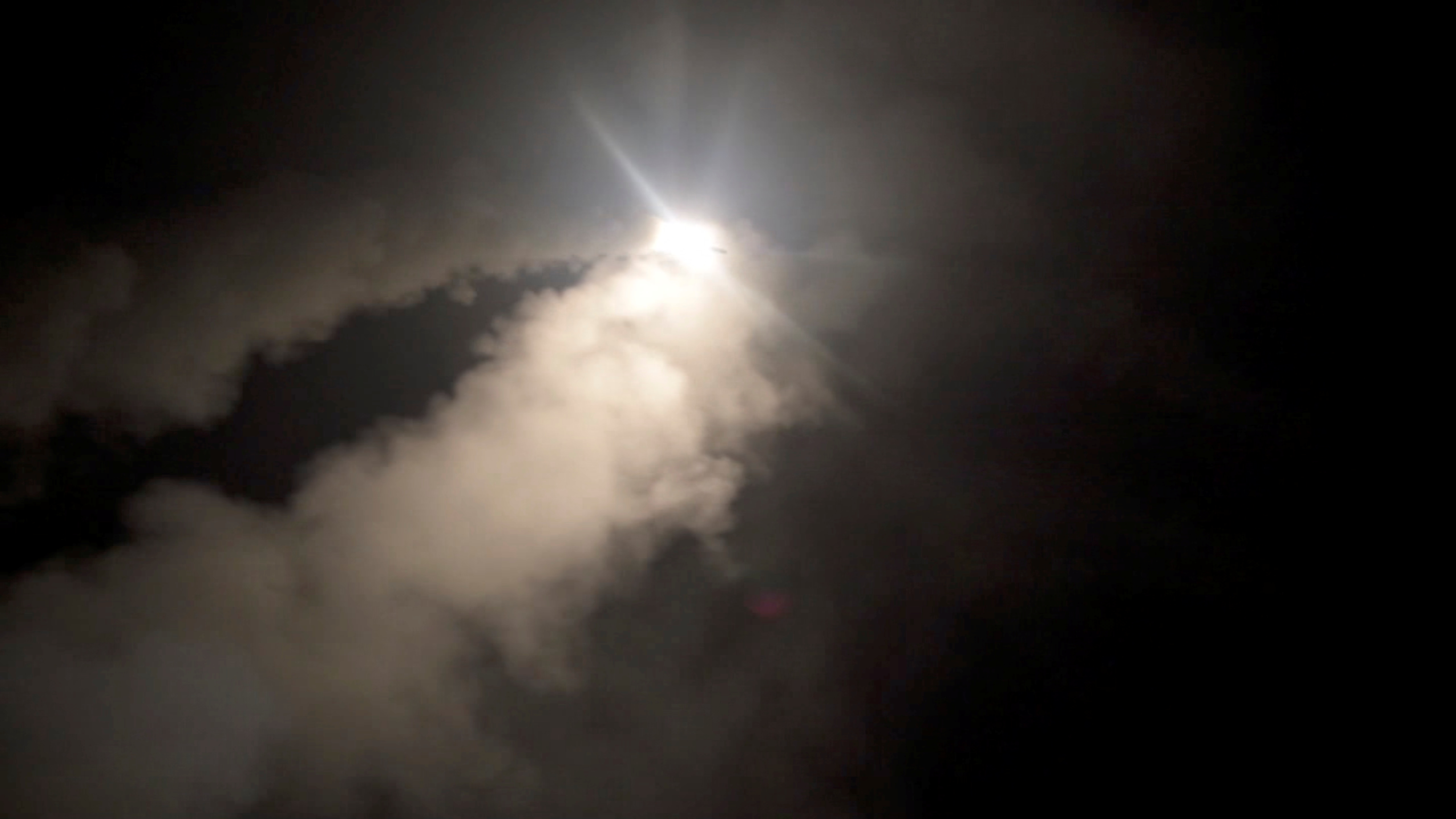The long and frustrating search for a solution to the Syrian problem cannot succeed unless it takes into account that at the heart of the conflict is a religious quarrel roughly 1,400 years old. It is between Sunni and Shia versions of Islam, and to some extent, it is also within them. Outsiders, particularly from the secular West, find it easier to impose familiar non-religious meta-narratives, such as that it is about Russian or Iranian expansionism, or both, or the brutal suppression of a popular uprising, or Assad's insane megalomania.

All of those are true, but not so deep-seated as the hot and cold civil war within Islam that has smouldered on almost since Islam began. Western political establishments seem to have lost the imagination to take religious ideas seriously, or to understand how others might do so. Hence they are for ever falling into the same trap, expecting to find pragmatic solutions where none exist.
It is reminiscent of the unwillingness of the British establishment to recognise for generations that the labels Catholic and Protestant in Northern Ireland were not just proxy terms for secular political rivalry, but meant what they said.
Protestant leaders like the Rev Ian Paisley really believed it when they described the Pope as the anti-Christ and hence, they said, the Irish Republic was a camp pitched at the very gates of hell; and the Catholic Church's strict rule that the children of a mixed marriage had to be brought up as Catholic only served to emphasise that Protestantism was not just an unacceptable alternative for such children, but unthinkable and beyond the pale. So the two groups must not be allowed to mix, otherwise their young people might fall in love and want to marry.
Despite this, such mixed marriages did happen and were often very happy; and marriages between Sunni and Shia Muslims were also not unknown during periods of calm. But as in the Northern Ireland case, the pressure was to live separate lives. Just as there were majority Catholic areas in mainly Protestant Belfast, so there were majority Shia areas in mainly Sunni Baghdad. When tensions between the two communities rose, the conflicts turned bloody.
As with Protestants and Catholics, Shia Muslims regard Sunni Muslims as heretics, and vice versa, and Islam itself – of whatever version – is not tolerant of deviation in any form. (On the whole, historically speaking, neither is Christianity). It is an unfortunate feature of human relations that apparently small differences can loom larger than big ones, a quirk satirised by Jonathan Swift in Gulliver's Travels in the repeated battles between those who ate a boiled egg from the more rounded (big) end and those who ate it from the more pointed (little) end.
Once such small differences become marks of tribal identity, and individuals identify themselves accordingly, it is no longer relevant to point out how much they have in common or how trivial their differences. For the participants in the big-end little-end infighting, it was all deadly serious – a matter of identity.
It is in the modern era that the clash between Shia and Sunni versions of Islam has become a geopolitical conflict, reproduced in country after country from Lebanon to Yemen. The issues at stake are usually about control – which tribe is to be dominant, and which one is to be subjugated. It does not necessarily follow that the larger tribe always wins. In Syria, the ruling class is mainly made up of Alawite Shias, a sect within a sect, while the majority of the population is Sunni.
The more fundamentalist the Sunni population becomes, for instance under the influence of Wahhabbism imported from Saudi Arabia, the less it is able to tolerate a second class status relative to the dominant Shias. Within Shia populations, meanwhile, another version of intolerant Islamic fundamentalism has been imported from Iran. This increases Shia intolerance towards the Sunnis. Saudi Arabia and Iran are engaged in a series of proxy wars throughout the Middle East, wherever Shias and Sunnis co-exist.
We can take it that the Russian preference for Iran and the American preference for Saudi Arabia is not based on some theological sympathy but is purely opportunistic, and ultimately, exploitative. We can also be pretty sure that neither Sunni nor Shia always hold their opponents' lives particularly sacred, and neither of them shares the historical memory of the use of gas in the First World War from which which the Western horror of chemical weapons largely stems
That would require some historic reconciliation between Saudi Arabia and Iran, the two Shia and Sunni sponsoring powers. But that would only come about when those shaping the dominant ideology within each of them, their religious leadership groups, are ready for it and see the need. Such a transformation does not seem imminent, but is possible. So long as Russia stands behind one side and America the other, however, it is unlikely. To give peace a chance, they both need to back off.
Pic: Vapors trail a Navy guided-missile cruiser Tomahawk land attack missile, fired from the USS Monterey April 14. The United States, France and Britain launched airstrikes in Syria to punish President Bashar Assad for an apparent chemical attack against civilians and to deter him from doing it again. (CNS photo/Lt. j.g Matthew Daniels, U.S. Navy via Reuters)


 Loading ...
Loading ...
What do you think?
You can post as a subscriber user ...
User comments (0)